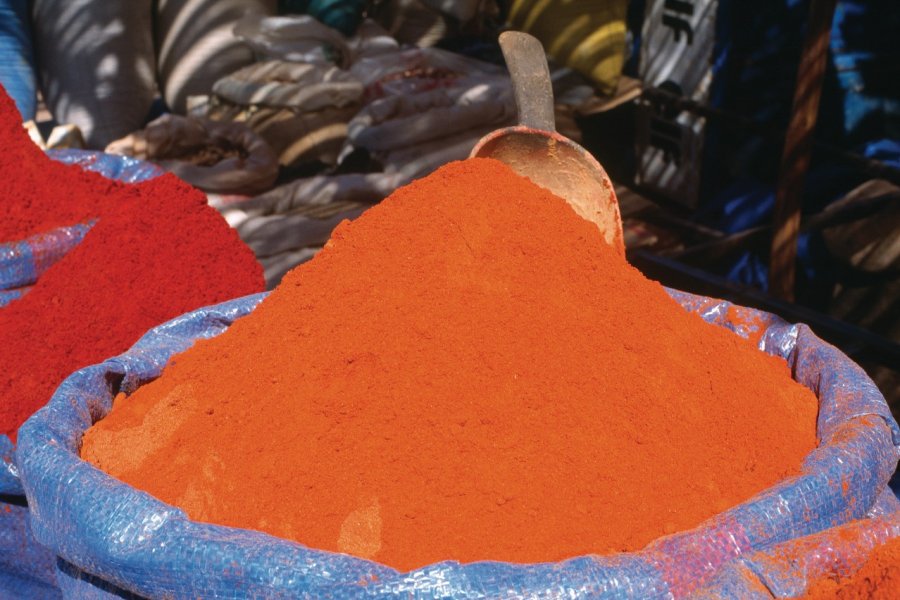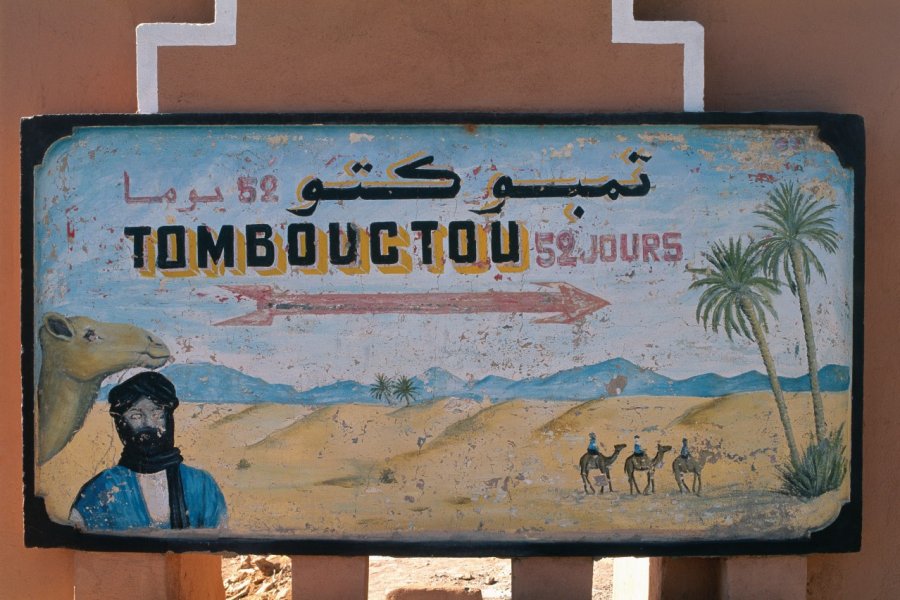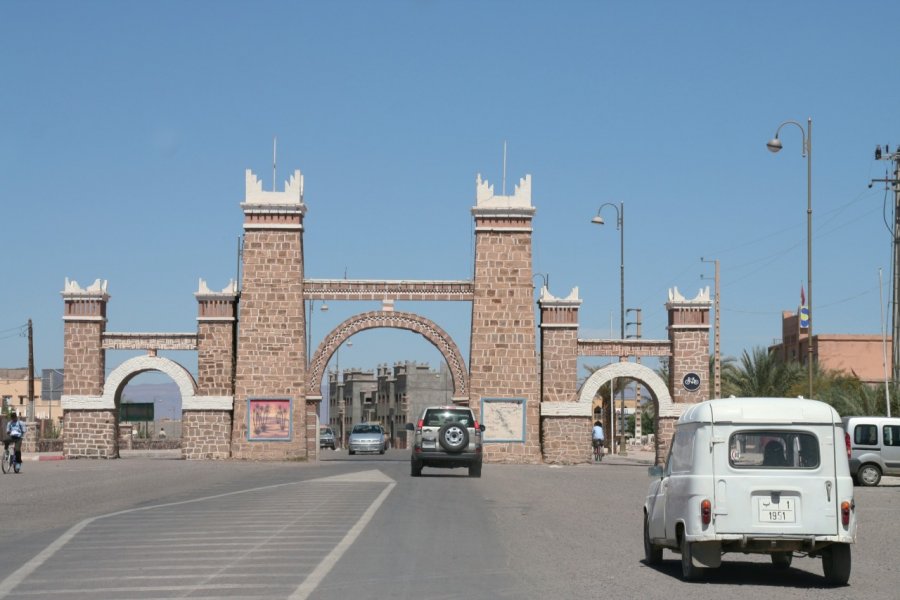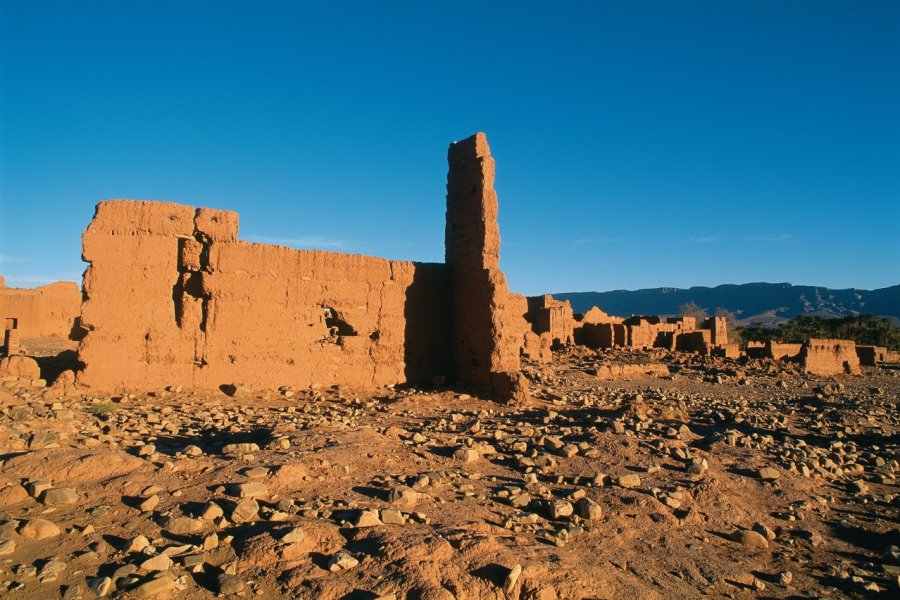Travel Guide Zagora
Find an accommodation
Advertising
Zagora is located on the edge of the lush Draa Valley, on the caravan trail to Timbuktu. Its richness and diversity are still too little known and the territory preserves sumptuous landscapes. Its architectural heritage is not to be outdone, an invitation in time that makes us travel, between kasbahs and ksour and tells us the history of a region at the crossroads of cultures. It is the last real city before the desert and the dunes of Tinfou, a good twenty kilometers away. From here, many possibilities are offered to you; the region abounds in rock engravings, still well preserved. If the city served as an administrative center during the protectorate, the oasis has been inhabited for a long time. The Almoravids were present there as early as the 11th century, as evidenced by the remains of a fortress at the top of Jebel Zagora. It is also the cradle of the Saadian power which, in the XVIIth century, extended over the Sous, Morocco, and then reached Timbuktu. The city has thus always had a role to play in the history of Morocco and, today, its rapid development has led to the creation of an administrative district. The city holds a great number of curiosities for the traveler, as it is first of all the gateway to the desert and excursions in the Great South. Since 2009, it has been developing at high speed, and is carrying out a development project along the Wadi Draa, the main axis that structures the city. In the direction of M'Hamid, you will find the hotel zone with accommodations with appreciable comfort.
What to visit Zagora?
Advertising
Weather at the moment
Advertising
Organize your trip with our partners Zagora
Transportation
Book your plane tickets
Car Rental
Boat rental
Accommodation & stays
Find a hotel
Holiday rental
Find your campsite
Tailor-made trip
Immersion travel
Services / On site
Activities & visits
Find a doctor
Find unique Stay Offers with our Partners
Pictures and images Zagora
Other destinations nearby Zagora
5 km away
25 km away














